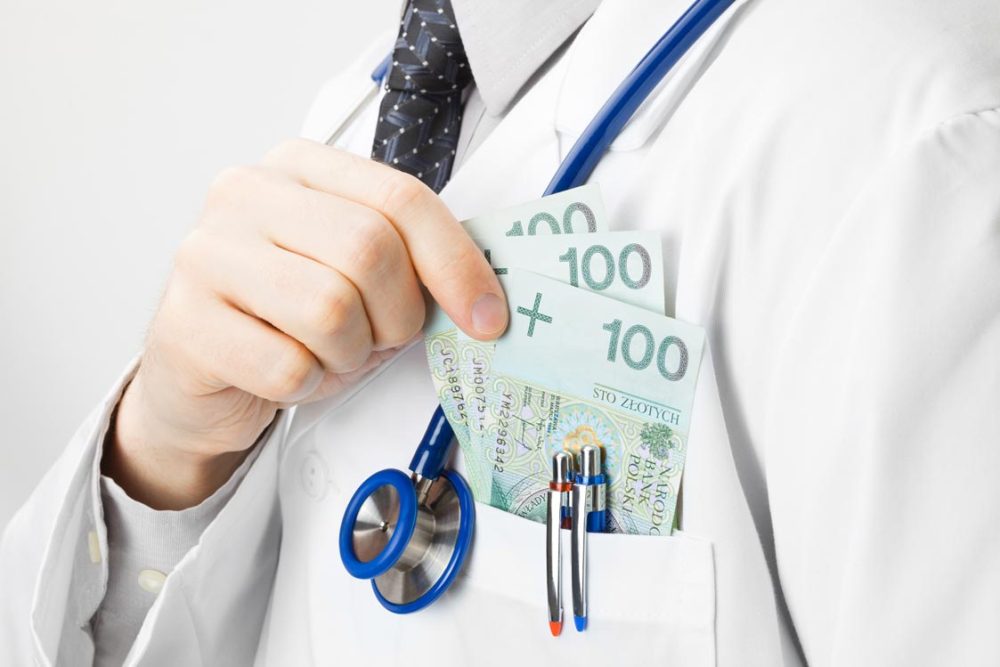Advertisment
Doctors received approximately $12.1 billion from drug and device makers between 2013-2022

Despite evidence that financial conflicts of interest may influence medical practice and research and may erode patient trust in medical professionals, these relationships remain pervasive. According to a new analysis of the Open Payments platform, a database that tracks payments between physicians and industry, a team led by a Penn State researcher found that doctors received approximately $12.1 billion from drug and device makers between 2013 and 2022.
Their findings published today (March 28) in JAMA. It’s one of the first studies to look at industry payments longitudinally and by specialty.
“Overall, it shows that the Open Payments is not much more than a ledger sheet. Whether there is a need for deterrence or changed behaviors requires a broader conversation with public involvement,” said Andrew Foy, associate professor, Penn State College of Medicine and corresponding author on the paper.
In 2013, the Physician Payments Sunshine Act was passed in response to calls for greater transparency on financial relationships between physicians and teaching hospitals and the makers of drugs and medical devices. It led to the creation of the Open Payments database. Manufacturers are required to submit information on all payments and transfers of value.
For this paper, the team used data from Open Payments from 2013 to 2022. They included payments (both cash and non-cash equivalents) to physicians for consulting services, non-consulting services, food and beverages, travel and lodging, entertainment, education, gifts, grants, charitable contributions and honoraria. They analyzed data across 39 specialties. They also looked at within-specialty variation — the difference between the median amount paid to physicians in a specialty and the mean amount paid to the top 0.1% of physicians in that specialty. Lastly, they determined the 25 drugs and medical devices associated with the largest total payments.
The analysis showed that more than half of physicians received at least one payment and roughly 94% of payments were associated with one or more marketed medical product. A small percentage of physicians received the largest amounts, often exceeding $1 million. Orthopedic surgeons received the greatest sum of payments while pediatric surgeons received the least amount.
Other authors on the paper are Ahmed Sayed from Ain Shams University, Joseph Ross from Yale School of Medicine, John Mandrola from Baptist Health, Lisa Soleymani Lehmann from Harvard Medical School.
This project was not supported by external grants or funds.





